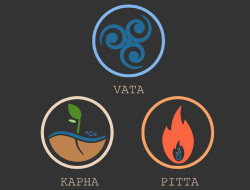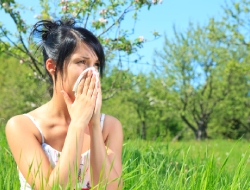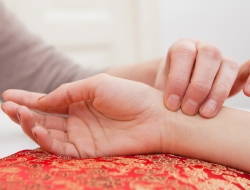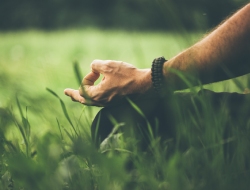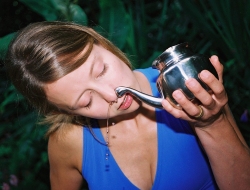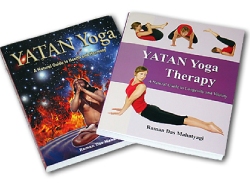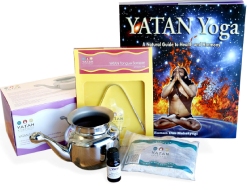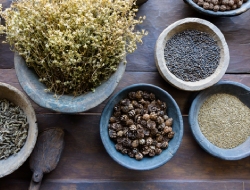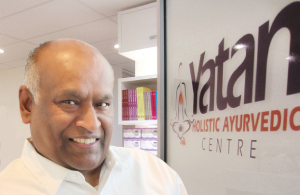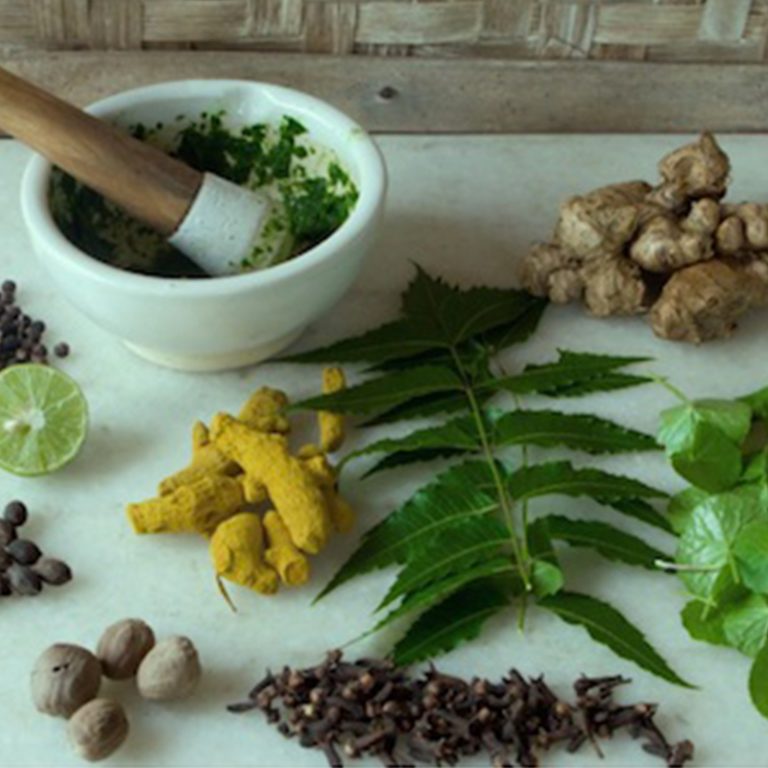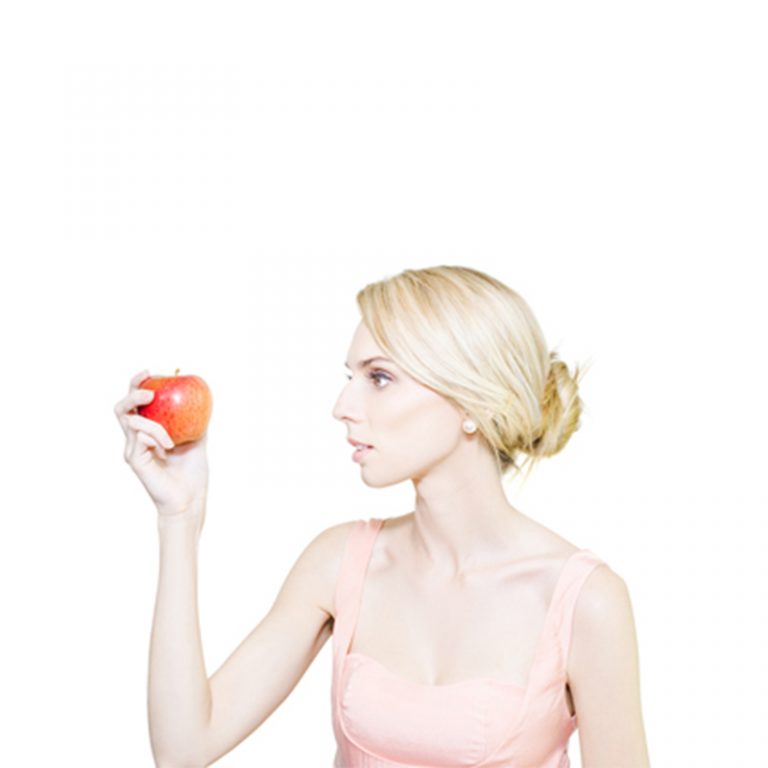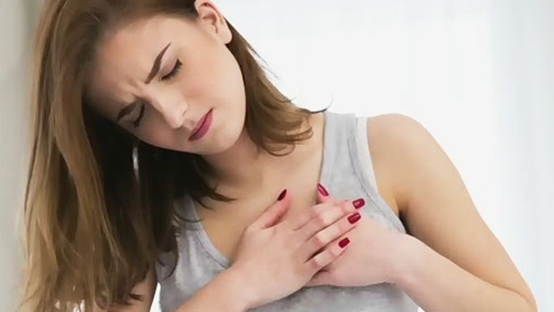Extraction Of Active Ingredients – How Much Is Enough?
The term ‘active ingredient’ is most commonly applied to medicines, both drugs and herbal remedies, and refers to the chemical component(s) contained in the medicine that enable it to produce its desired effect. In recent times researchers have become quite adept at identifying the constituents in question, and this has naturally resulted in a rush by manufacturers of both pharmaceuticals and natural medicines to isolate these substances and supply them in a concentrated form, on the assumption that greater purity and higher strength must produce a better outcome. This is the basis of the movement towards standardisation, and there is a common misconception that this isolation of components ensures consistency and guarantees a more reliable product.
However, all is not as it seems. What really makes a herb effective in treating an illness is the synergistic action of a great variety of component chemicals. The renowned herb Ashwagandha, for example, has been found to contain a highly complex mixture of withanoloids, alkaloids, steroidal lactones and saponins. This herb is used for a great variety of conditions, just one of which is the control of inflammation, in which the alkaloid content is more effective than the synthetic hormone hydrocortisone, a drug which can produce some serious side-effects. One might think that a concentrated capsule of an active ingredient which can be equivalent in strength to six grams of the herb would work better than the herb itself, but in reality the opposite applies.
Another example can be seen in the treatment of hypertension. Beta-blockers are a common pharmaceutical treatment for this condition, and again the risks are well documented. They work by blocking the action of stress hormones adrenaline and noradrenaline. Many effective whole herbs are available for hypertension; Coleus root is used to promote heart and respiratory health, its main active ingredient being forskolin. However, the whole herb is much more effective than an isolated extract.
Unfortunately, the attempt to isolate individual compounds within a herb destroys the very mechanism by which it achieves its effect. A plant is like a factory of hundreds of different phytochemicals, each with its own physiological effect. Science has scarcely begun to understand this complex mechanism, and fails to recognise that it is this very complexity that gives the herb its medicinal value.
The production of medicines, whether pharmaceutical or herbal, is seen to be following the same route as food manufacture. Fruits, vegetables and cereals have components extracted and supplied in highly concentrated form. The result in each case is a system overload. The concentrated item will be difficult to digest, particularly if digestive enzymes are in poor supply, for example in old age. Components such as mucilage, present in all whole plants, are absent. An orange, eaten complete, has valuable fibre and flavonoids, most of which are lost in juicing.
It seems a great pity that man is intent on improving on nature by imposing the load of these concentrated compounds on the human body. The body needs to work too hard to try to process them, absorption is incomplete, and the end result is congestion and a stream of adverse reactions.
Next time: Flushing Out The Enemy – Ayurveda & STDs

*Discover holistic healing with a complimentary phone or video consultation from our expert Ayurvedic practitioner. Start your path to better health today!*

